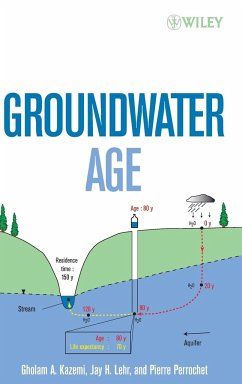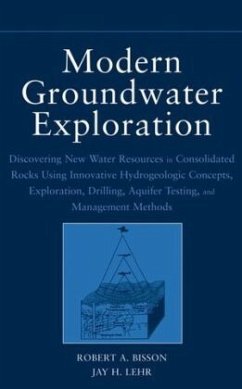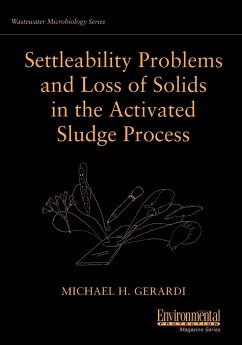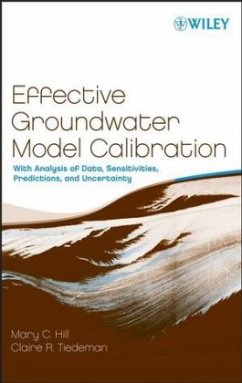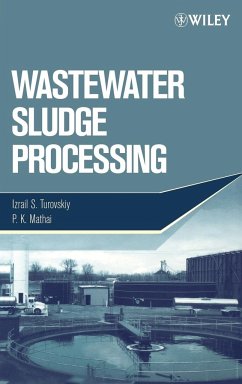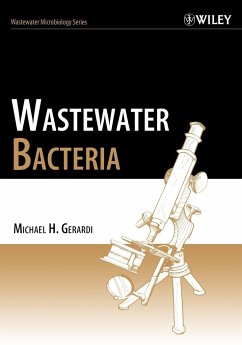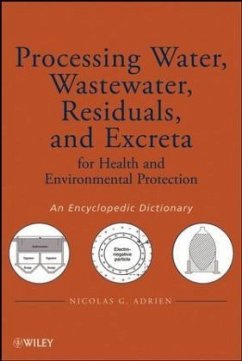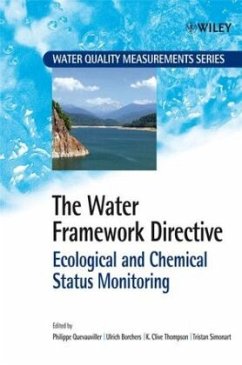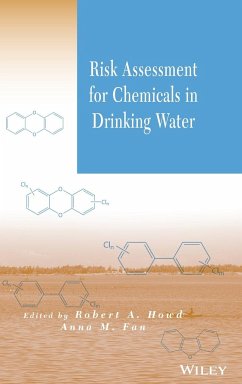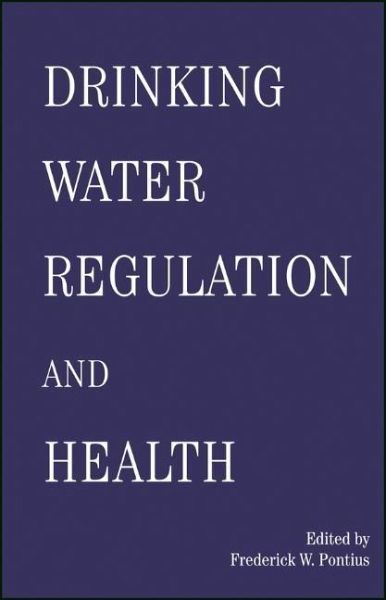
Drinking Water Regulation and Health

PAYBACK Punkte
103 °P sammeln!
The Drinking Water Act Amendments of 1996 instituted wide-ranging regulatory changes to the seminal Safe Drinking Water Act (SDWA)-such as providing funding to communities facing health risks, focusing regulatory efforts on contaminants posing such health risks, and adding flexibility to the regulatory process- and the amendments continue to shape regulations and regulatory policy to this day. Editor Frederick Pontius's Drinking Water Regulation and Health provides a comprehensive, up-to-date resource on the current regulatory landscape.Drinking Water Regulation and Health serves as a guide fo...
The Drinking Water Act Amendments of 1996 instituted wide-ranging regulatory changes to the seminal Safe Drinking Water Act (SDWA)-such as providing funding to communities facing health risks, focusing regulatory efforts on contaminants posing such health risks, and adding flexibility to the regulatory process- and the amendments continue to shape regulations and regulatory policy to this day. Editor Frederick Pontius's Drinking Water Regulation and Health provides a comprehensive, up-to-date resource on the current regulatory landscape.
Drinking Water Regulation and Health serves as a guide for water utilities, regulators, and consultants, forecasting future trends and explaining the latest developments in regulations. A diverse group of contributors covers topics such as water treatment, water protection, how some of the regulations have been interpreted in the courts, how water utilities can stay in compliance, and how to satisfy customer expectations, especially sensitive subpopulations. Divided into four sections - The SDWA and Public Health, Regulation Development, Contaminant Regulation and Treatment, and Compliance Challenges - the book includes chapters on:
_ Improving Waterborne Disease Surveillance
_ Application of Risk Assessments in Crafting Drinking Water Regulations
_ Control of Drinking Water Pathogens and Disinfection By-Products
_ Selection of Treatment Technology for SDWA Compliance
_ Death of the Silent Service: Meeting Consumer Expectations
_ Achieving Sustainable Water Systems
_ What Water Suppliers Need to Know About Toxic Tort Litigation
Drinking Water Regulation and Health serves as a guide for water utilities, regulators, and consultants, forecasting future trends and explaining the latest developments in regulations. A diverse group of contributors covers topics such as water treatment, water protection, how some of the regulations have been interpreted in the courts, how water utilities can stay in compliance, and how to satisfy customer expectations, especially sensitive subpopulations. Divided into four sections - The SDWA and Public Health, Regulation Development, Contaminant Regulation and Treatment, and Compliance Challenges - the book includes chapters on:
_ Improving Waterborne Disease Surveillance
_ Application of Risk Assessments in Crafting Drinking Water Regulations
_ Control of Drinking Water Pathogens and Disinfection By-Products
_ Selection of Treatment Technology for SDWA Compliance
_ Death of the Silent Service: Meeting Consumer Expectations
_ Achieving Sustainable Water Systems
_ What Water Suppliers Need to Know About Toxic Tort Litigation



